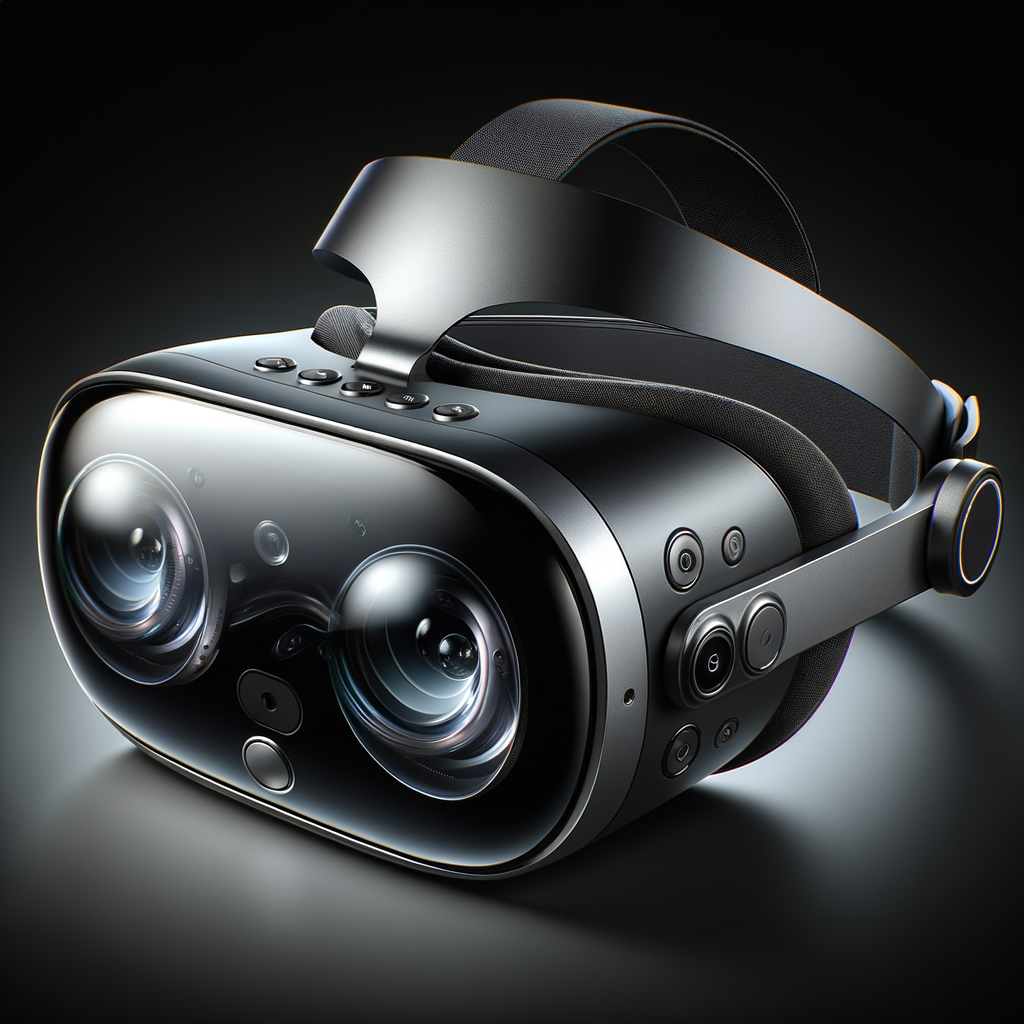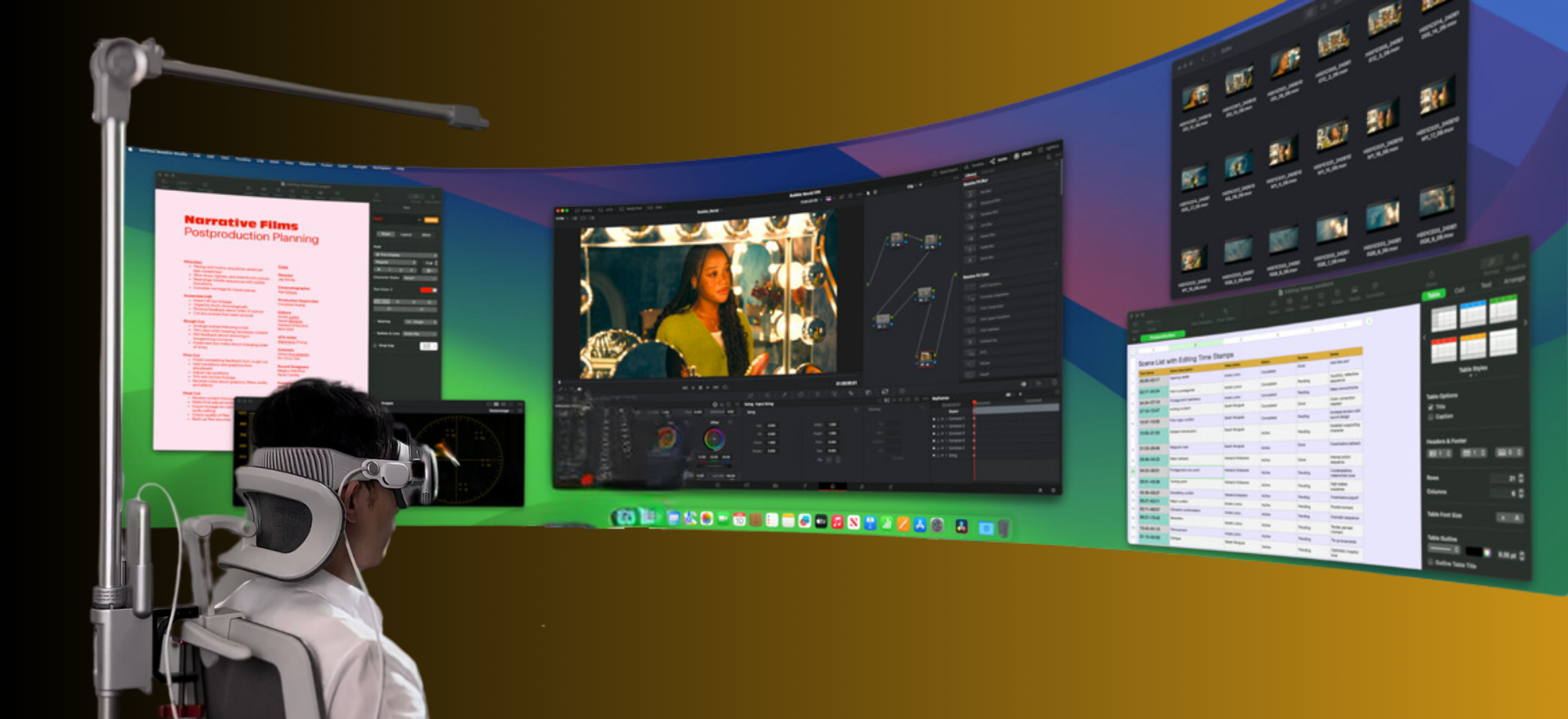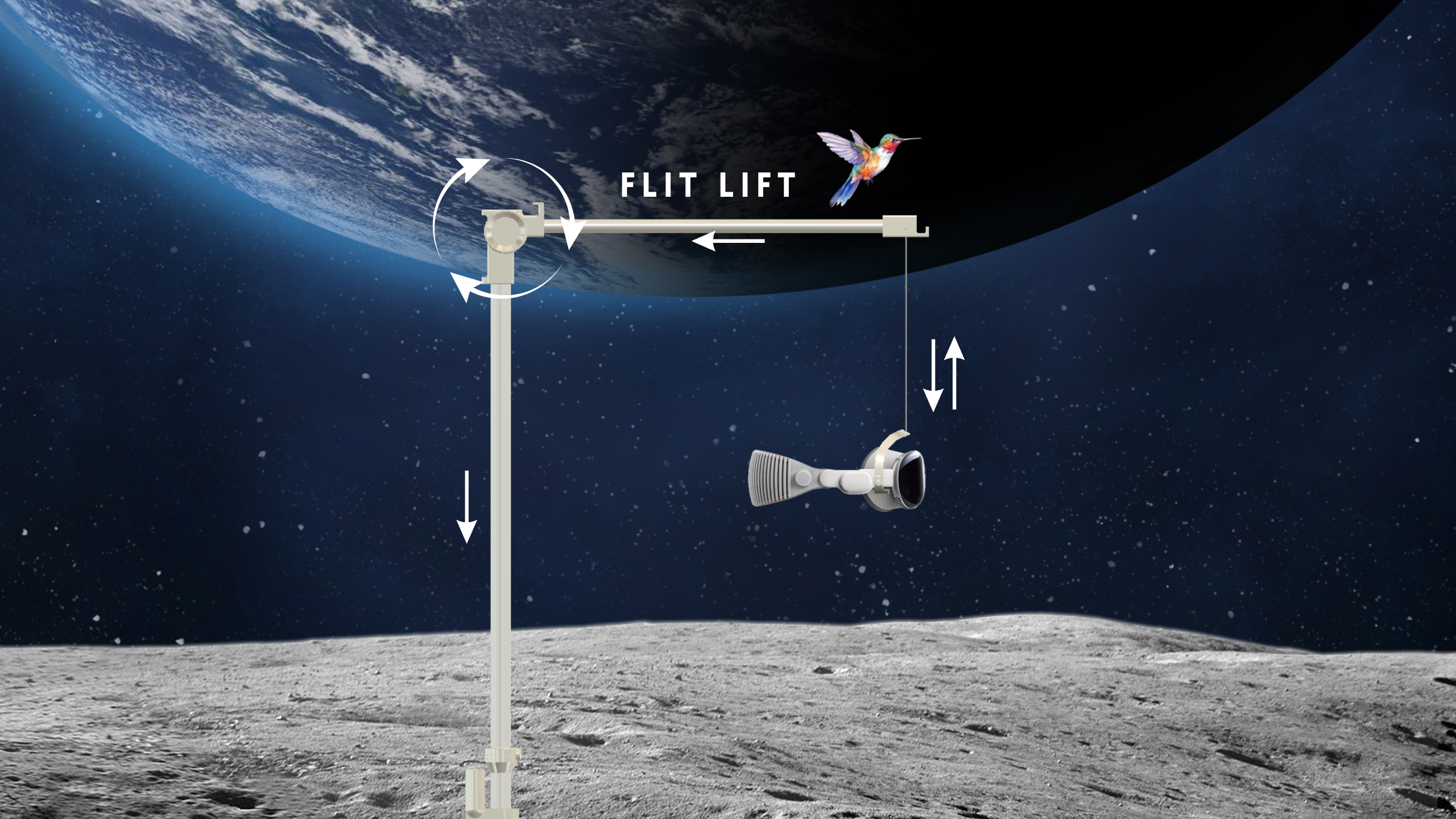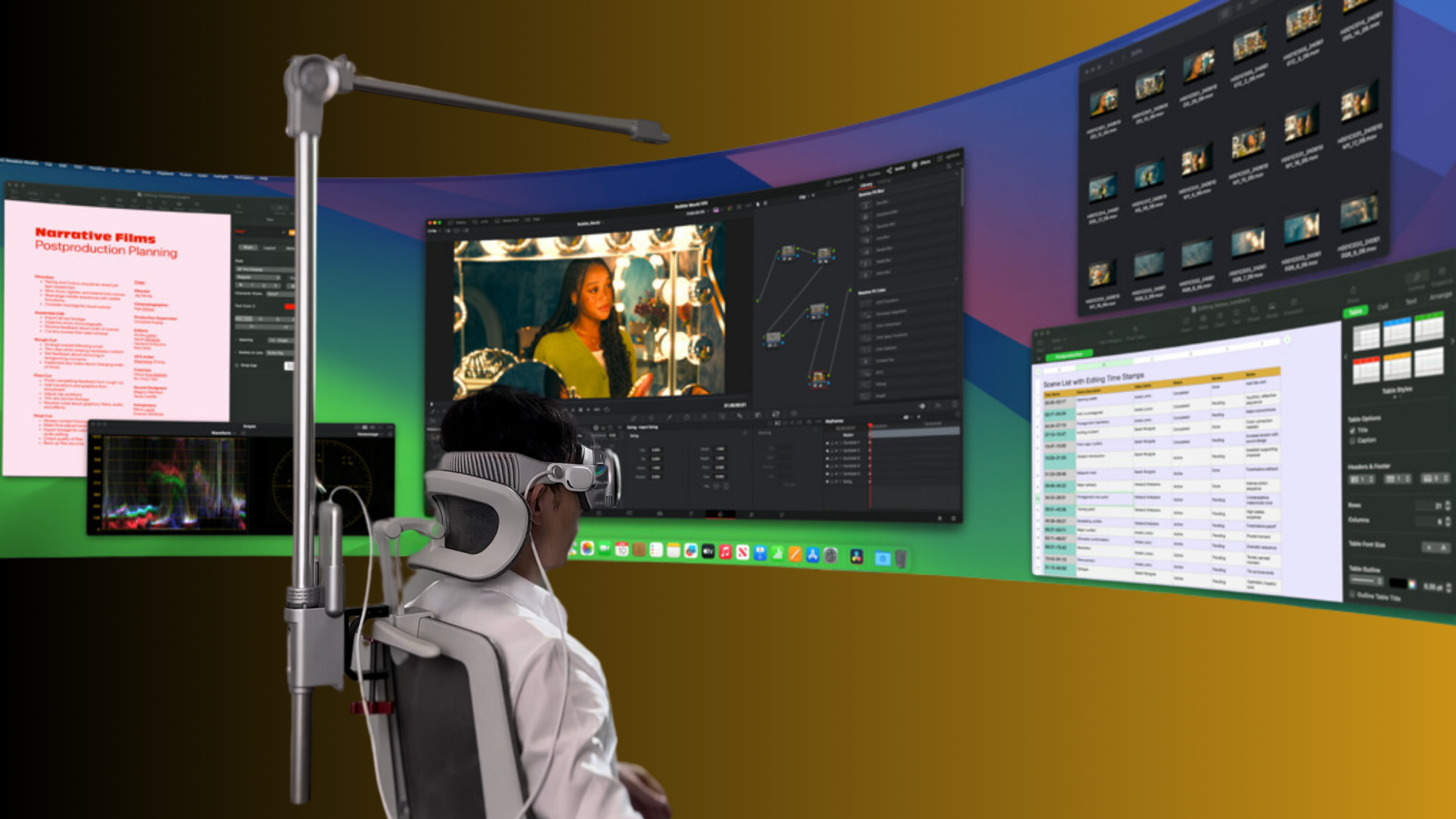The Vision Pro Burden: Are Developers Paying Too High a Price?
The Apple Vision Pro, a mixed-reality headset that combines both augmented reality (AR) and virtual reality (VR) capabilities, has made quite a stir in the world of technology. Despite its innovative features and high-tech design, a growing concern among developers is the high cost associated with developing applications for this platform. This article aims to explore the 'Vision Pro burden' and whether developers are indeed paying too high a price.
The Cost of Developing for the Vision Pro
Developing for a new platform like the Vision Pro can be a significant financial undertaking. The cost of development software, the time invested in learning new development techniques, and the potential need to hire additional staff with specific skill sets all contribute to the high cost. Additionally, the requirement of proprietary software and hardware further escalates the cost.
High Entry Barrier
For independent developers or small studios, the high cost of development can be prohibitive. The Vision Pro operates on Apple’s M2 chip, which requires specific, often expensive, development tools. This creates a high entry barrier for developers, especially those on a tight budget or those just starting out in the field.
The Challenge of Adoption
The adoption rate of new technology is another factor to consider. While the Vision Pro is undoubtedly innovative, its high retail price might deter widespread adoption among consumers. This means developers are taking a substantial financial risk by investing in a platform that is yet to prove its market success.
The Need for Specialized Skills
Developing for the Vision Pro requires a set of specialized skills. Developers need to understand both AR and VR, know how to create immersive and engaging experiences, and navigate the technicalities of the Vision Pro's specific features like eye and hand tracking. Acquiring or outsourcing these skills can be costly.
The App Store Commission
In addition to development costs, Apple charges a 30% commission on all app sales and in-app purchases through its App Store. This further cuts into the profit margin for developers, making it even more challenging to recoup the high initial investment.
Is the Price Too High?
Given the high costs and potential risks, some developers might argue that the price of developing for the Vision Pro is too high. However, it's essential to consider the potential returns. The Vision Pro offers a unique, high-quality mixed reality experience, which, if successfully adopted, could open up a new lucrative market for developers. The key lies in balancing the risks with the potential rewards.
Conclusion
While the Vision Pro presents an exciting new frontier in AR and VR technology, developers must carefully consider the financial implications. The high cost of development, coupled with the risk of low adoption rates, can be a significant burden. However, with proper planning, skillful execution, and a well-timed market entry, the rewards could well outweigh the risks.












Compartir:
Is Vision Pro Contributing to a Developer Crisis? A Look into Workload Management
Innovating Without Exhausting the Innovators: Protecting Developers in the Vision Pro Era